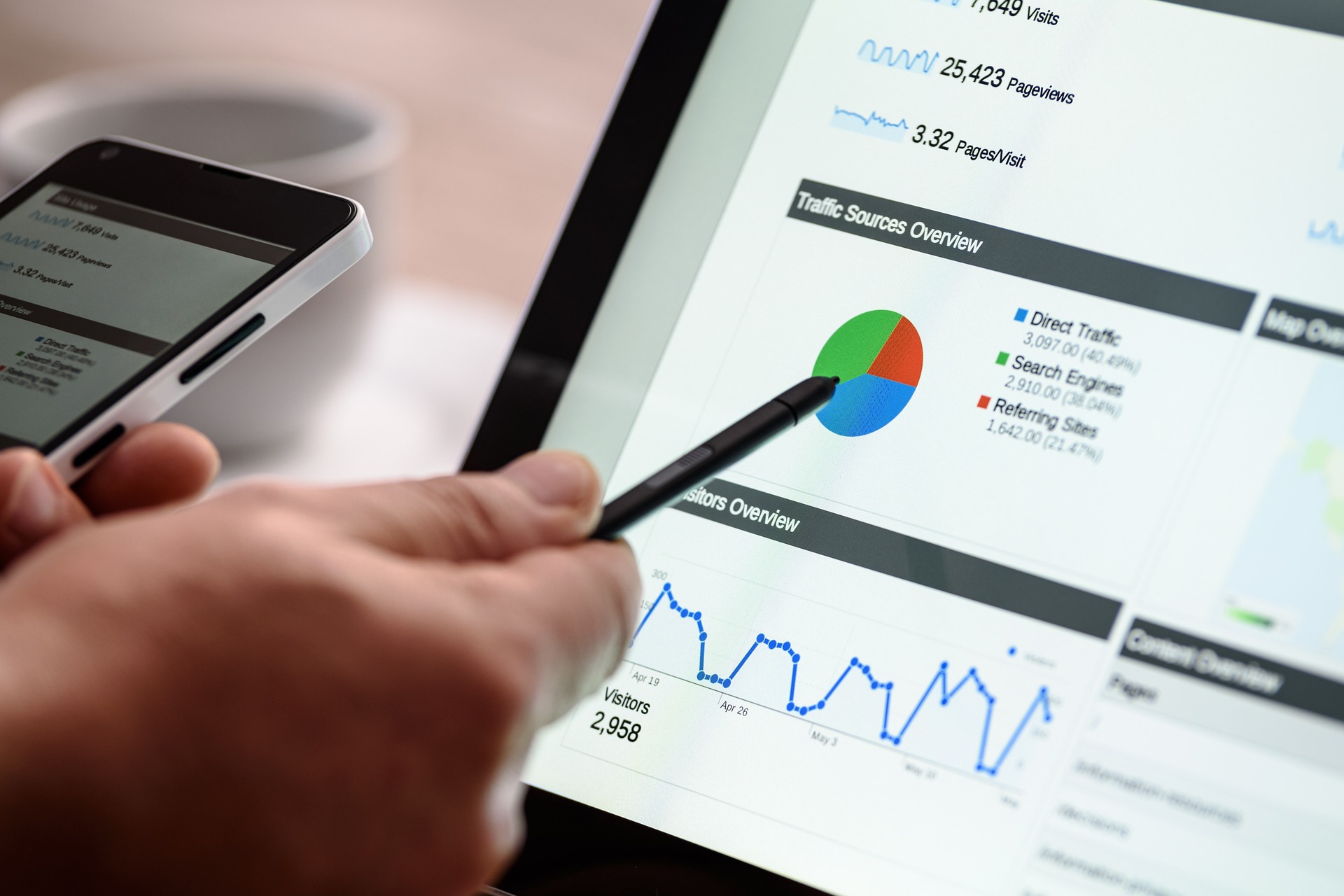Maximizing efficiency is essential for businesses to maintain a competitive edge, especially in the fast-paced world of healthcare. One significant area where efficiency can be enhanced is in the integration of payment processing systems with electronic health record (EHR) platforms. Google Drive has gained popularity among healthcare providers for managing and storing health records. When integrated with an automated payment processor integration google drive ehr can revolutionize the way healthcare services collect payments, improving both operational efficiency and patient experience.
Understanding automated payment processor integration google drive ehr
Automated payment processing refers to the use of technology to handle payment transactions without manual input. This system not only speeds up the transaction process but also reduces the likelihood of errors that can occur during manual data entry. In the healthcare context, this is particularly valuable. With patient records often housed in EHR systems like those managed through Google Drive, integrating a payment processor can streamline the payment process significantly.
Google Drive, a cloud-based storage solution, provides a convenient way for healthcare providers to manage patient records securely and efficiently. However, the true potential of this platform is realized when it is paired with automated payment processing. By seamlessly integrating these two systems, healthcare providers can create a workflow that minimizes errors, saves time, and ultimately enhances patient satisfaction.
Eliminating Manual Data Entry and Reducing Errors
One of the most significant benefits of integrating a payment processor with Google Drive EHR is the elimination of manual data entry. Traditionally, healthcare providers have had to manually input payment information into their EHR systems. This process is not only time-consuming but also prone to human error. Incorrect data entry can lead to billing disputes, delayed payments, and ultimately, a negative impact on cash flow.
By automating the payment process, healthcare providers can ensure that payments are recorded in real-time. This means that as soon as a patient makes a payment—whether through an online portal or other means—the information is automatically updated in the EHR. This automation not only reduces errors but also streamlines the reconciliation process, freeing up staff to focus on patient care rather than administrative tasks.
Enhanced Tracking and Management of Payments
Another significant advantage of integrating a payment processor with Google Drive EHR is the enhanced ability to track and manage payments. With a payment processor directly connected to the EHR system, healthcare providers can easily monitor payment statuses, review payment history, and generate comprehensive reports on revenue trends.
For example, providers can easily access dashboards that display current outstanding balances, payment histories for individual patients, and overall revenue performance. This information is invaluable for making informed decisions about budgeting, staffing, and even patient outreach strategies. Providers can quickly identify which patients may need follow-up communication regarding outstanding bills, helping to maintain healthy cash flow without sacrificing patient relationships.
Improving the Patient Experience
The integration of payment processors with Google Drive EHR goes beyond operational efficiency; it significantly enhances the patient experience. In today’s fast-paced world, patients expect convenience. By allowing patients to make payments online through a secure portal, healthcare providers can offer a seamless and user-friendly experience.
Imagine a scenario where a patient receives a bill via email with a link to a secure payment portal. They can complete their payment in just a few clicks, eliminating the hassle of writing checks or making phone calls to the office. This level of convenience can lead to higher patient satisfaction rates and, importantly, faster payment collection for healthcare providers.
Moreover, by providing multiple payment options—such as credit/debit cards, ACH transfers, and even digital wallets—providers can cater to a broader range of patient preferences, further enhancing the payment experience.
Reducing Administrative Burden
Healthcare providers often face overwhelming administrative burdens. The manual handling of payments and billing processes can consume valuable time and resources. By automating payment processing through integration with Google Drive EHR, providers can reduce this administrative load significantly.
With less time spent on payment processing, staff can redirect their efforts toward patient care and other essential functions. For instance, front office staff can focus more on scheduling appointments, improving patient flow, and enhancing overall service delivery. This shift not only improves the efficiency of healthcare operations but also contributes to a more positive patient experience.
Ensuring Data Security and Compliance
When handling sensitive healthcare data, particularly payment information, security is paramount. Patients need to feel confident that their information is protected, and healthcare providers must comply with industry regulations such as HIPAA.
Integrating a payment processor with Google Drive EHR helps ensure that payment data is encrypted and securely stored. Most reputable payment processors offer robust security measures, including tokenization and secure data transfer protocols. This level of security helps protect sensitive information and ensures compliance with healthcare regulations, giving both providers and patients peace of mind.
Steps to Implement Automated Payment Processor Integration
Implementing automated payment processor integration with Google Drive EHR is a strategic move that requires careful planning and execution.
Evaluate Your Needs
Before diving into integration, it’s essential for healthcare providers to evaluate their specific needs. Consider factors such as transaction volume, types of payments received, and the demographics of the patient population. Understanding these elements will guide you in selecting the most suitable payment processor.
Choose the Right Payment Processor
Not all payment processors are created equal. Look for one that offers features aligned with your practice’s needs, such as competitive transaction fees, user-friendly interfaces, and strong security measures. It’s also vital to ensure that the processor can seamlessly integrate with Google Drive EHR.

Set Up Integration
Once you’ve selected a payment processor, work with your IT team or a third-party provider to facilitate integration. This process may involve customizing data fields, setting up secure connections, and ensuring that all information flows smoothly between systems.
Train Your Staff
Proper training is crucial for a successful integration. Ensure that all staff members are familiar with the new payment processing system and understand how to assist patients effectively. Offering training sessions can help staff feel confident and capable when using the new technology.
Monitor and Optimize
After integration, keep a close eye on the system’s performance. Regularly collect feedback from staff and patients to identify areas for improvement. This ongoing assessment will allow you to optimize the payment processing experience continually.
Addressing Challenges and Considerations
While the benefits of integration are significant, challenges can arise during the implementation process.
Technical Challenges
Integrating new technology can lead to technical glitches. Having a reliable IT support team is essential for promptly addressing any issues that may arise. Ensure that your IT team is well-versed in both the payment processing system and Google Drive EHR to troubleshoot effectively.
Patient Resistance
Some patients may be hesitant to adopt new payment methods, particularly those who prefer traditional payment options. Clear communication about the benefits of the new system, along with support from staff, can help ease this transition. Offering demonstrations or tutorials can also help patients feel more comfortable with the technology.
Compliance with Regulations
Maintaining compliance with healthcare regulations is crucial. Always ensure that your integration meets the necessary standards, such as HIPAA, to protect patient data and build trust within the community.
The Future of Payment Processing in Healthcare
The landscape of healthcare is constantly evolving, and providers who embrace technological advancements will be better positioned for success. Integrating a payment processor with Google Drive EHR can significantly enhance efficiency, improve patient experiences, and ensure data security.
As the healthcare sector continues to prioritize patient-centric approaches, automated payment processing will become increasingly vital. By leveraging technology to streamline payment processing, healthcare providers can focus on delivering high-quality care while ensuring that their financial operations run smoothly.
Conclusion
The integration of automated payment processor integration google drive ehr represents a transformative advancement for healthcare providers. By eliminating manual entry, enhancing tracking capabilities, and improving the overall patient experience, this integration not only streamlines administrative processes but also empowers providers to focus on delivering high-quality care. As healthcare continues to evolve, leveraging technology becomes increasingly essential to stay competitive and meet the expectations of today’s patients.
Moreover, ensuring data security and compliance with regulations adds an essential layer of trust, reassuring patients that their sensitive information is protected. By adopting automated solutions, healthcare providers can optimize their operations, improve financial management, and foster stronger patient relationships. Ultimately, embracing this innovative approach to payment processing will not only enhance efficiency but also pave the way for a more patient-centered healthcare experience, allowing providers to thrive in a rapidly changing landscape.
FAQs About Automated Payment Processor Integration Google Drive Ehr
What is the primary benefit of integrating a payment processor with Google Drive EHR?
The main benefit is the elimination of manual entry and reconciliation of payments, leading to time savings and reduced errors.
How does automated payment processing enhance the patient experience?
It offers patients a convenient and secure online payment option, reducing the need for paper checks or phone transactions.
What should I consider when choosing a payment processor?
Look for transaction fees, compatibility with existing systems, user experience, and security features.
Is patient data safe with integrated payment processing?
Yes, reputable payment processors use encryption and comply with regulations like HIPAA to protect sensitive information.
Can multiple payment processors be integrated with Google Drive EHR?
Yes, depending on your practice’s needs and the capabilities of the EHR system, you can integrate multiple payment processors.














